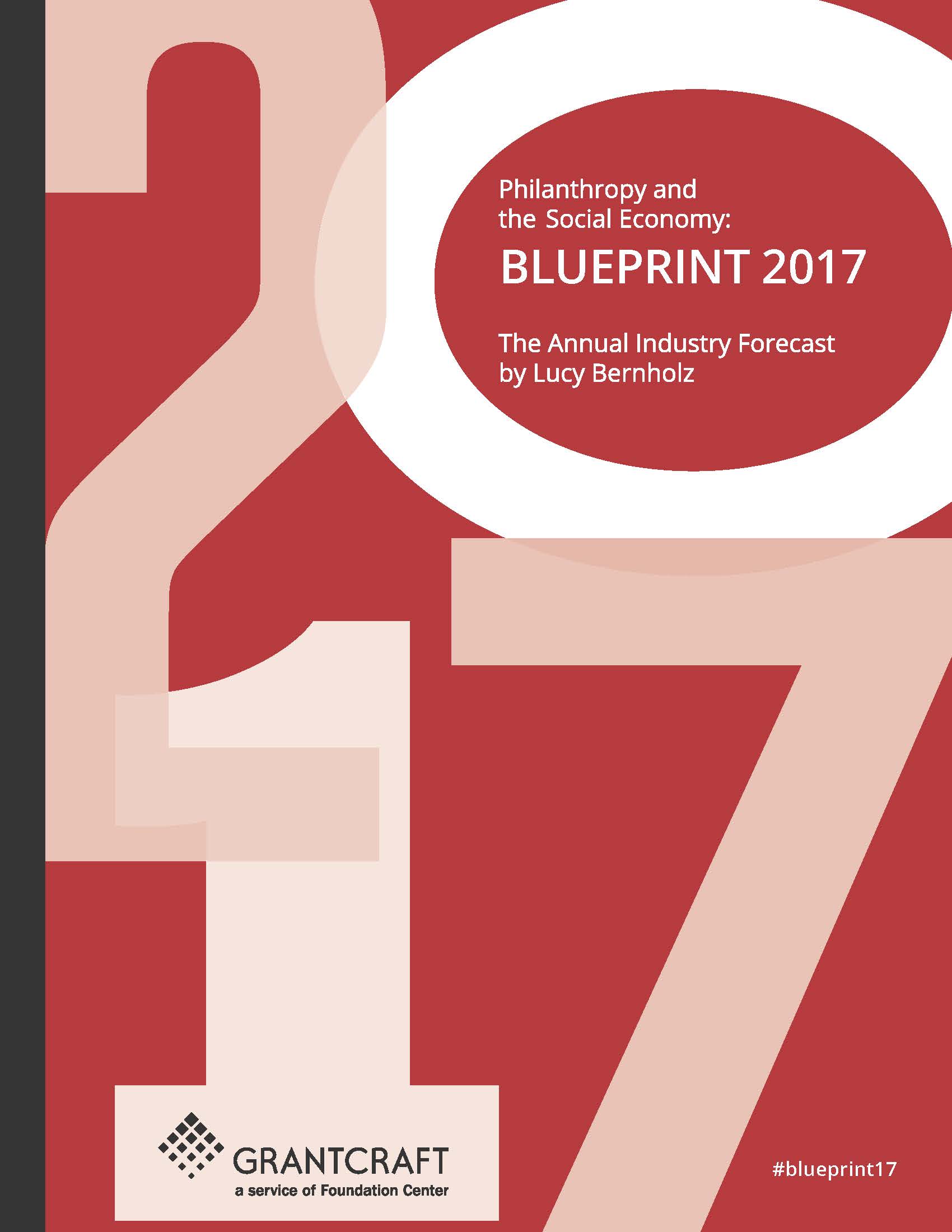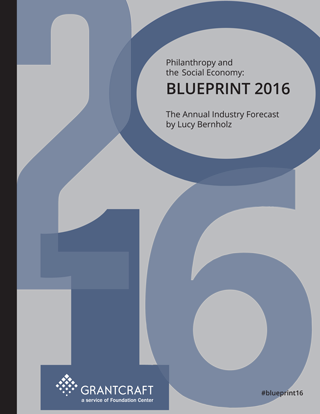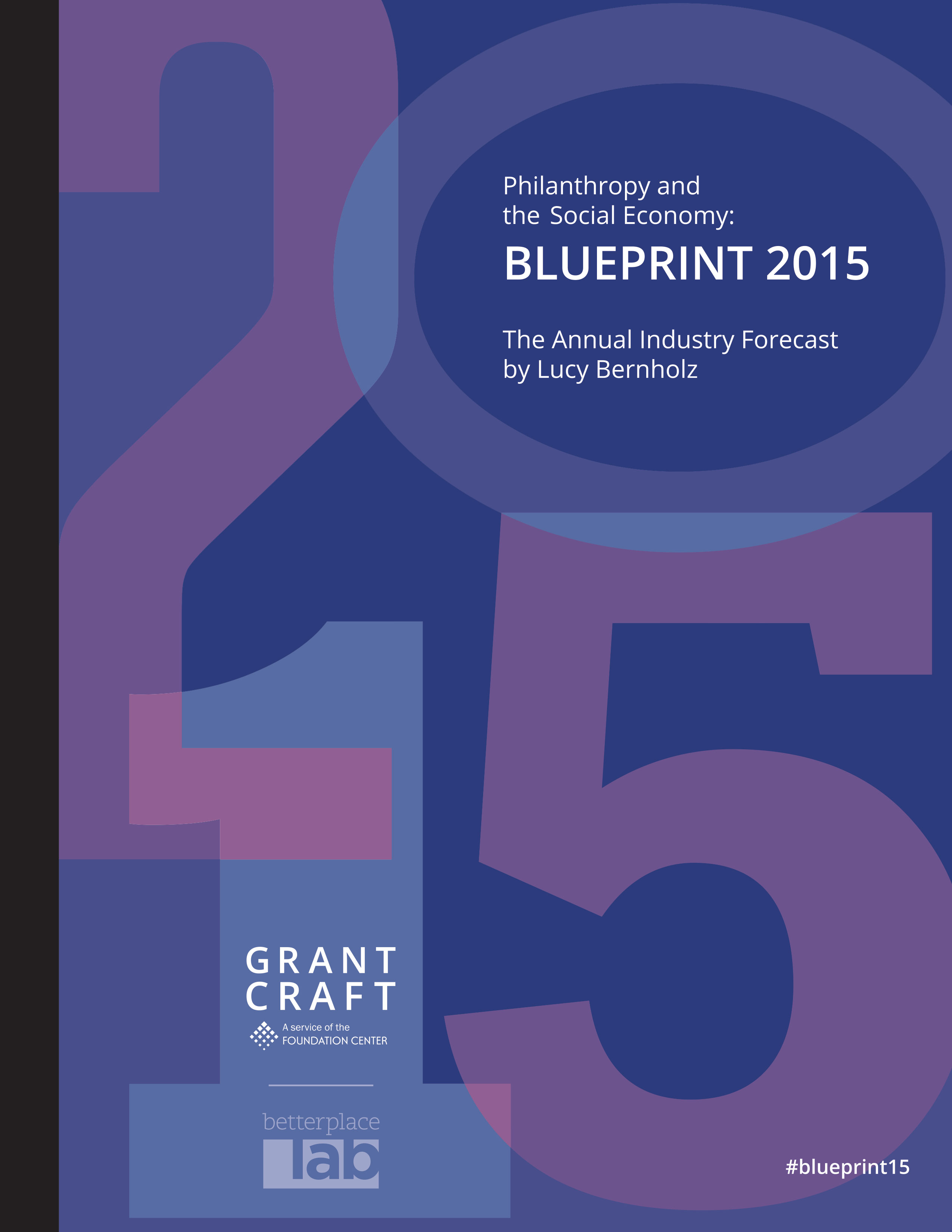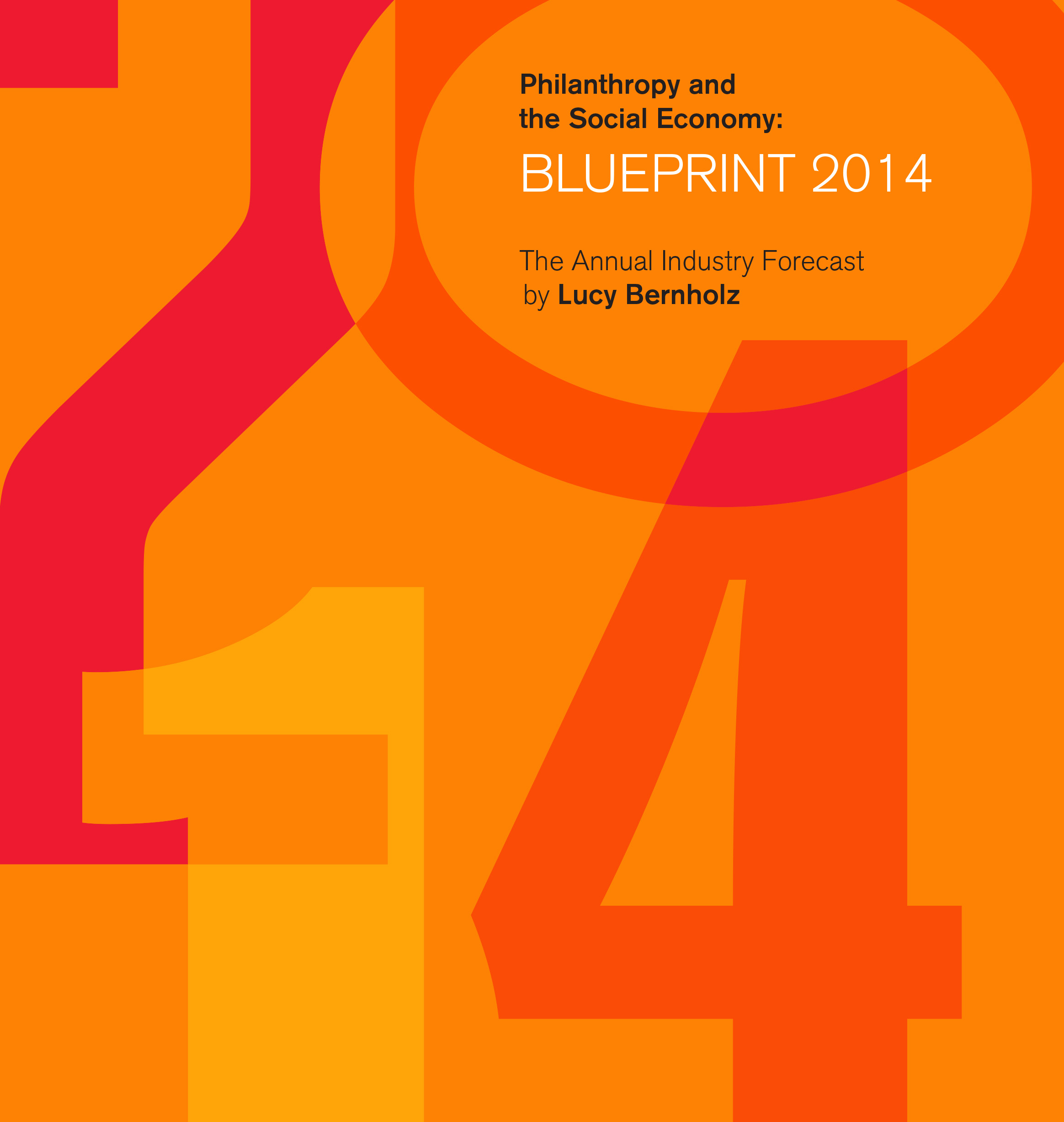What is Political? What is Philanthropic?
The intermingling of philanthropy and politics in the U.S. presidential election is a compelling case of a time-worn phenomenon (and a global question). What is political? What is charitable? These questions, in both their simplicity and their complexity, reveal important tensions in democracies. It is a systems-based version of a motivating question for the Blueprint series— “What’s public, what’s private, and who decides?” We think of political life—campaigns, elections, office holding, governing—as being in the public sphere. Of the public, by the public, for the public (to paraphrase). Philanthropy, on the other hand, involves private resources used for public benefit. Democracies that encourage philanthropy have to structure their incentives in ways that navigate between private interests (of donors) and public beneficiaries (effectively everyone). Navigational tradeoffs between these stakeholders shape the regulatory structures established for philanthropy and nonprofits and include demands made of governance structure, financial incentives, and a menu of institutional choices. How do you design a system that encourages private philanthropy and serves a greater good?
Tactical renegotiations of this question come to light in any number of ways. Currently in the U.S., the most vocal voices in these debates are focused on donor-advised funds, spend-down foundations, and donor disclosure. Elsewhere around the world the tactical expression of this question is found in laws about fundraisers selling donor data and regulations on crowdfunding. The examples cover a wide range of practical issues, but at the heart of each one is the basic question of public and private.
Takeaways are critical, bite-sized resources either excerpted from our guides or written by Candid Learning for Funders using the guide's research data or themes post-publication. Attribution is given if the takeaway is a quotation.
This takeaway was derived from Philanthropy and the Social Economy: Blueprint 2017.




